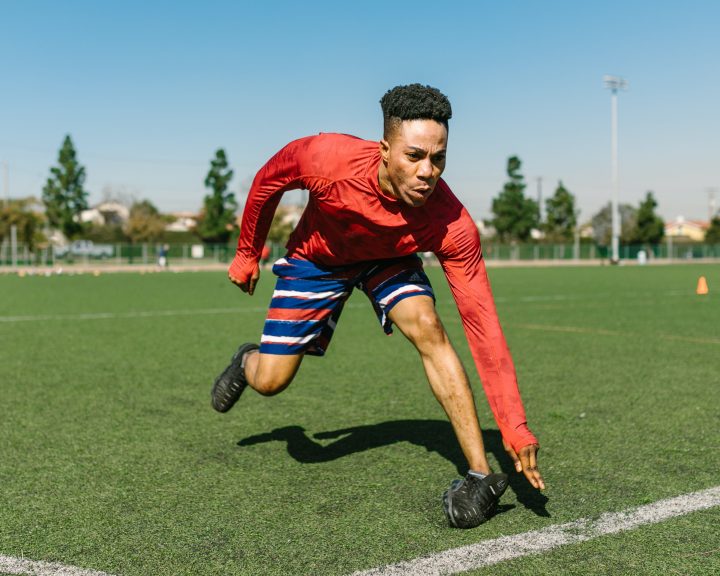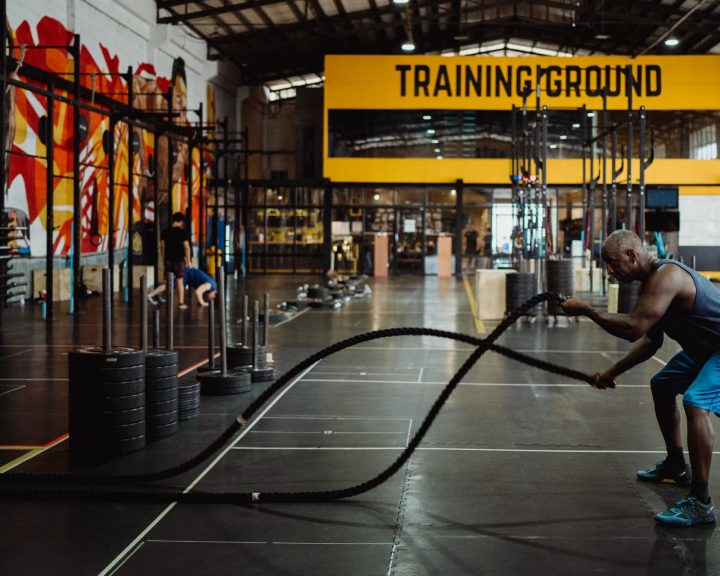Resisted sprints: running uphill
We’ve had a few posts discussing different ways to do resisted sprinting. This approach to sprinting could be thought of as applying strength training to sprinting. The idea being that as the athlete adapts to it they will be able to apply that increased motor unit recruitment to non-resisted sprinting, resulting in a faster athlete. Resisted sprinting often requires some extra equipment or an extra person to apply that resistance, which can all be challenging in a large team situation or with a limited budget.
One way to get around this is to have athletes run uphill. Running uphill proves the benefits of resisted sprinting without requiring the extra equipment. Twenty years ago a number of high profile collegiate strength and conditioning programs actually constructed hills near their facilities to be able to employ this type of sprinting.
So obviously the athletes are running up the hill. For this type of sprinting we’re looking at 3-10 repetitions, with full recovery between each rep. I would focus this around acceleration training due to the short duration of these sprints. The athletes would sprint up, walk down, recover, then repeat.
It’s important to focus on technique, we don’t want to teach athletes to sprint with bad technique because it might carryover to the real deal. This means ensuring that the athletes aren’t leaning too far forward while going uphill, watching for under- or over-striding, that sort of thing.
Many classic authors recommend an incline of no more than three degrees. The thinking was that too great an incline would result in those technique mistakes I mentioned above and too little of an incline would not produce the desired results.
This is a great way to exercise an entire team, even if it is in groups. The first group goes, when they get halfway up the second group goes, etc.
There are three challenges with this type of training. First, you need access to a hill. Very few of us have the resources to build one. Second, it needs to be the right incline. Too steep and we have bad technique. Not steep enough and we’re not getting the desired adaptations. Finally, it needs to be safe to run on. Not all hills are perfectly flat with grass on them, some will twist ankles.




